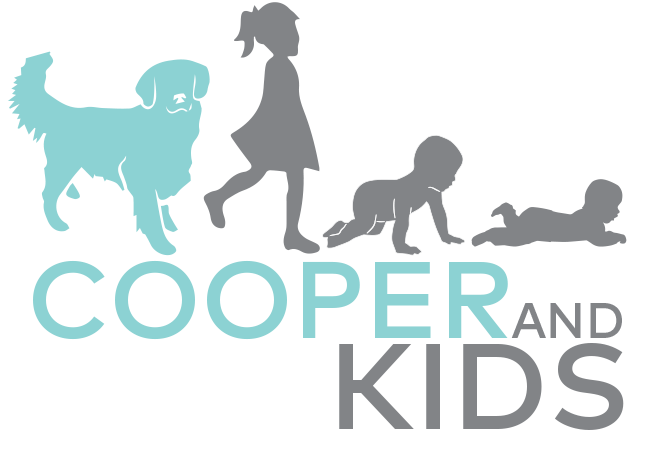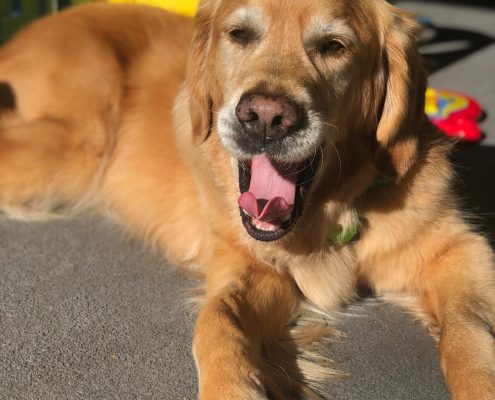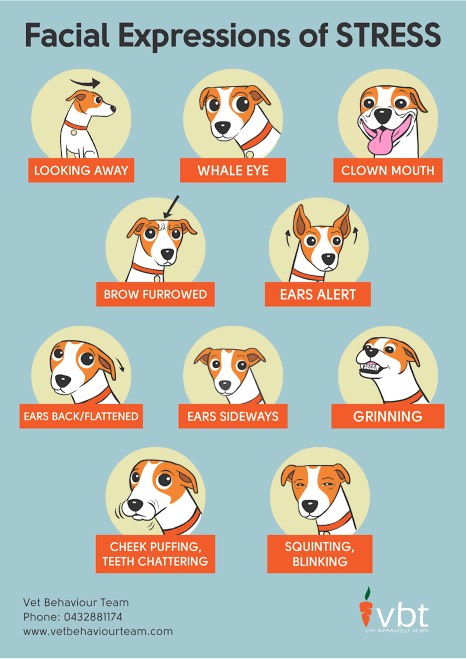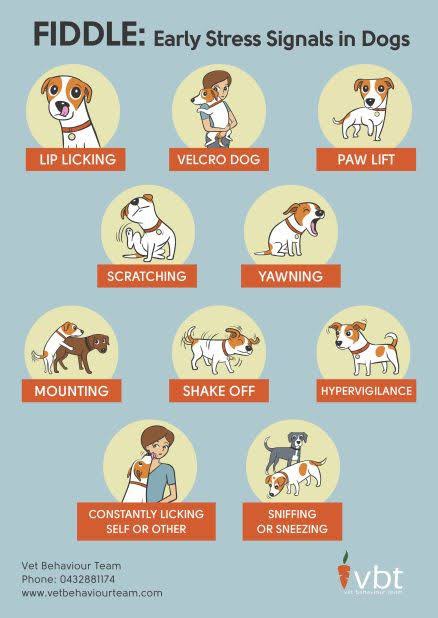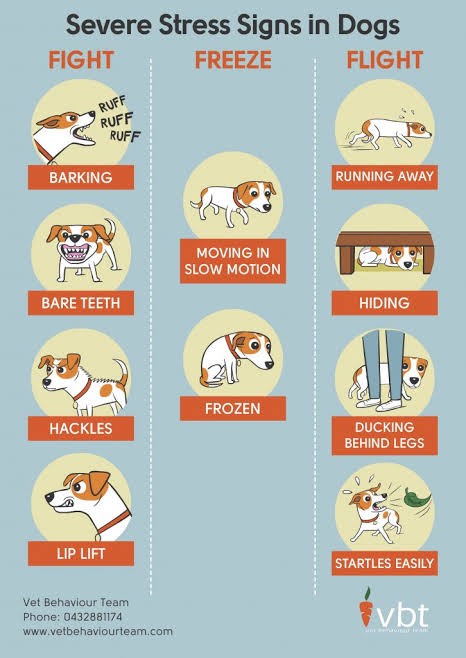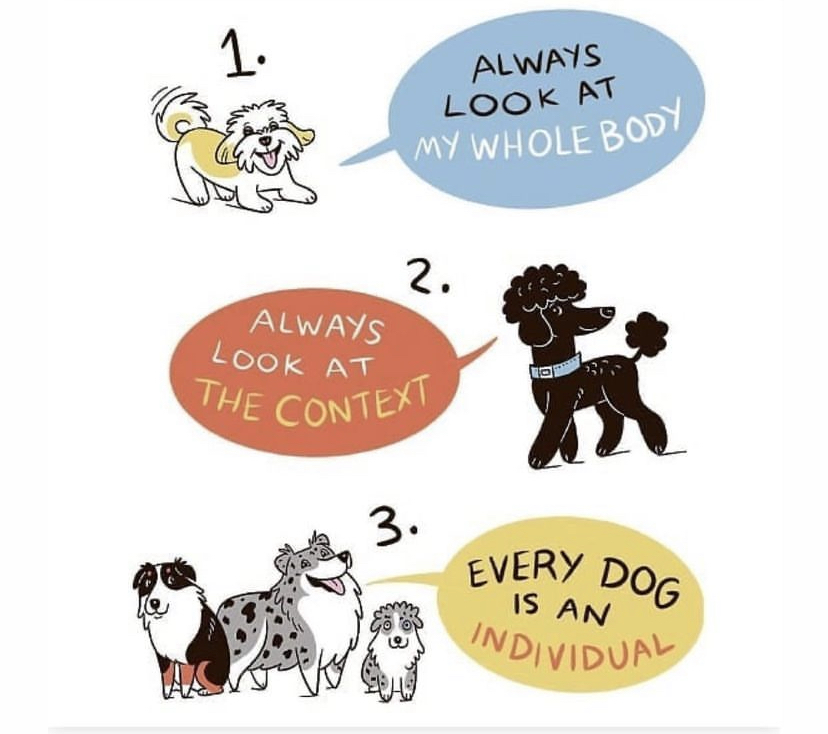Learning to understand your dogs body language can quite literally help to give your dog a better and happier life.
It can be helpful when going to the vet, when going to the dog park, in your day to day interactions with your dog, the list goes on and on. Being able to tune into how your dog is feeling, learning how to understand them and advocate for them, can quite simply transform your relationship!
Dogs and humans communicate differently. We are different species after all.
We humans show affection with hugs and kisses but to a dog that can actually be quite a scary thing. When a dog communicates with a growl or baring its teeth, although these may seem scary, these are also forms of communication and we should be thankful for them and respect them.
A dog will communicate to us when they are feeling uneasy or uncomfortable in a situation and it is our job as the dog’s carer to see these signs, before they turn into a bite and in those moments, step back and give the dog some space and some time out from what was happening.
Did you know that there are many steps/signs before a dog will growl or bite?
Dogs use posture, facial expressions, and other body languages to communicate.
Understanding your dog body language is a key aspect of being a responsible dog guardian. It is up to us to listen to them when they’re trying to tell us if they are feeling scared, worried, stressed, nervous, anxious, excited, playful, etc and to protect them if they need our help. Recognise their signs and intervene before it’s too late.
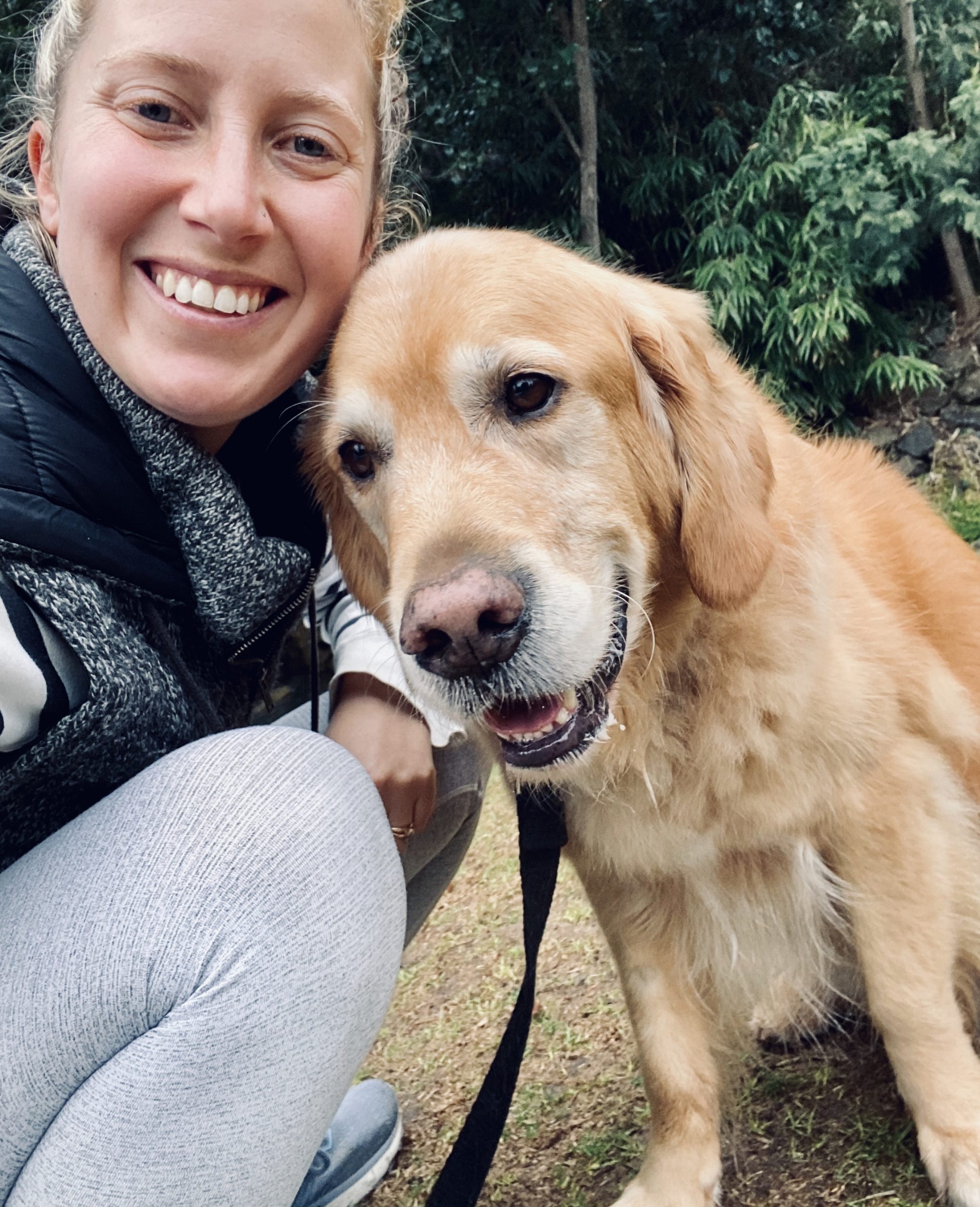

Some of these signs are obvious and sometimes these signs are quite subtle and hard to read if you are not familiar with them.
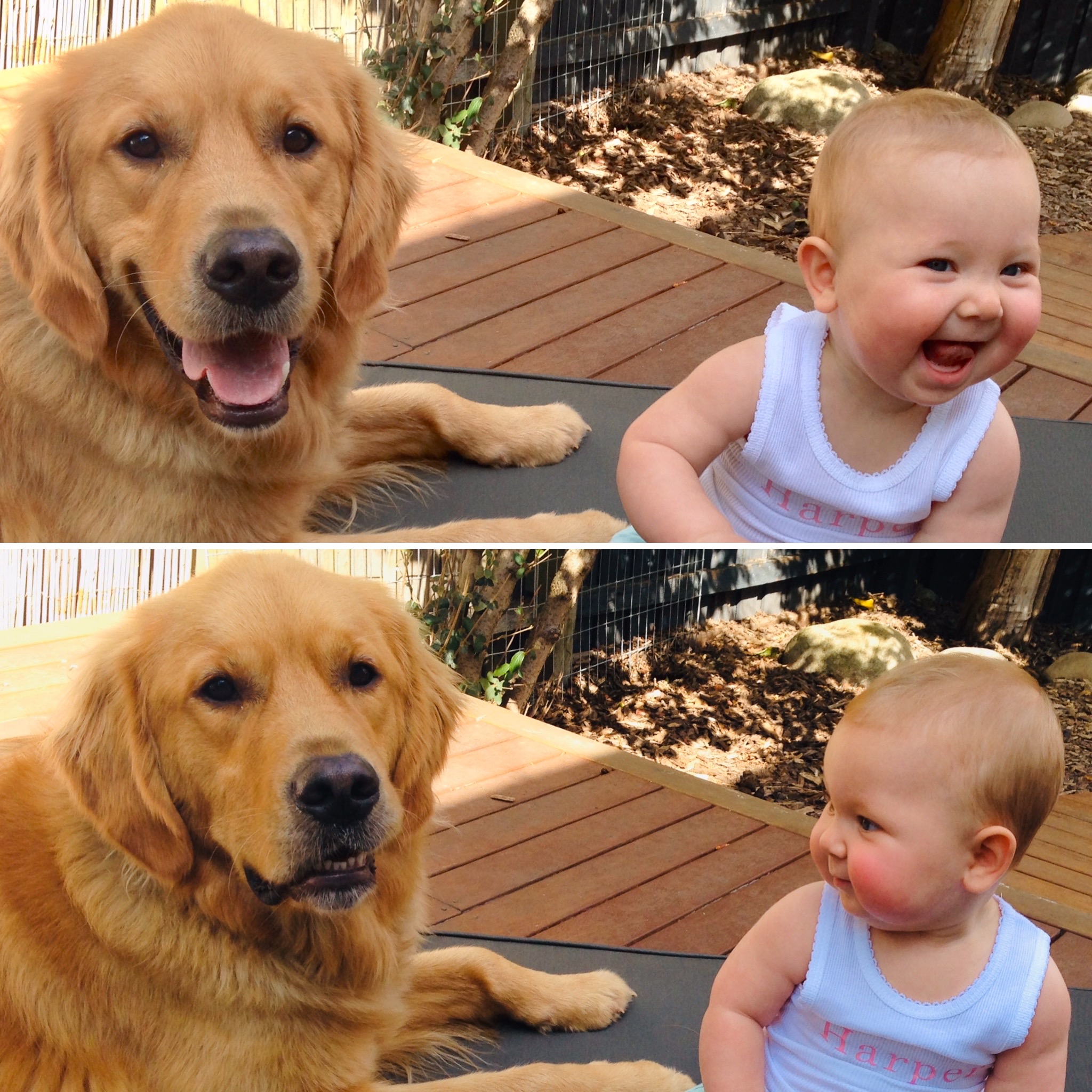
Subtle signs that a dog may be uncomfortable are:
- A simple yawn
- Rolling their eyes
- Licking the lips
- Turning their head away
- Shaking off
- Excessive grooming such as scratching or licking
- Quick and shallow breathing
- Stiff body
- Tense facial muscles
- Closed mouth
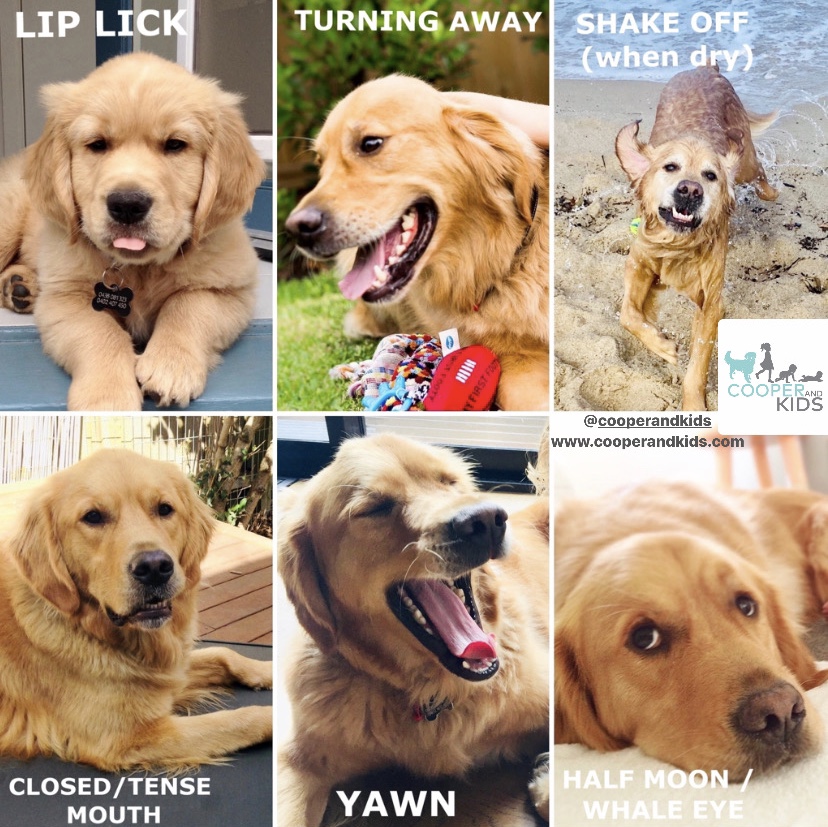
More obvious signs include:
- The dog trying to escape or remove itself from the situation
- A little growl
- Baring their teeth
- A bite
- See poster below for more of these…

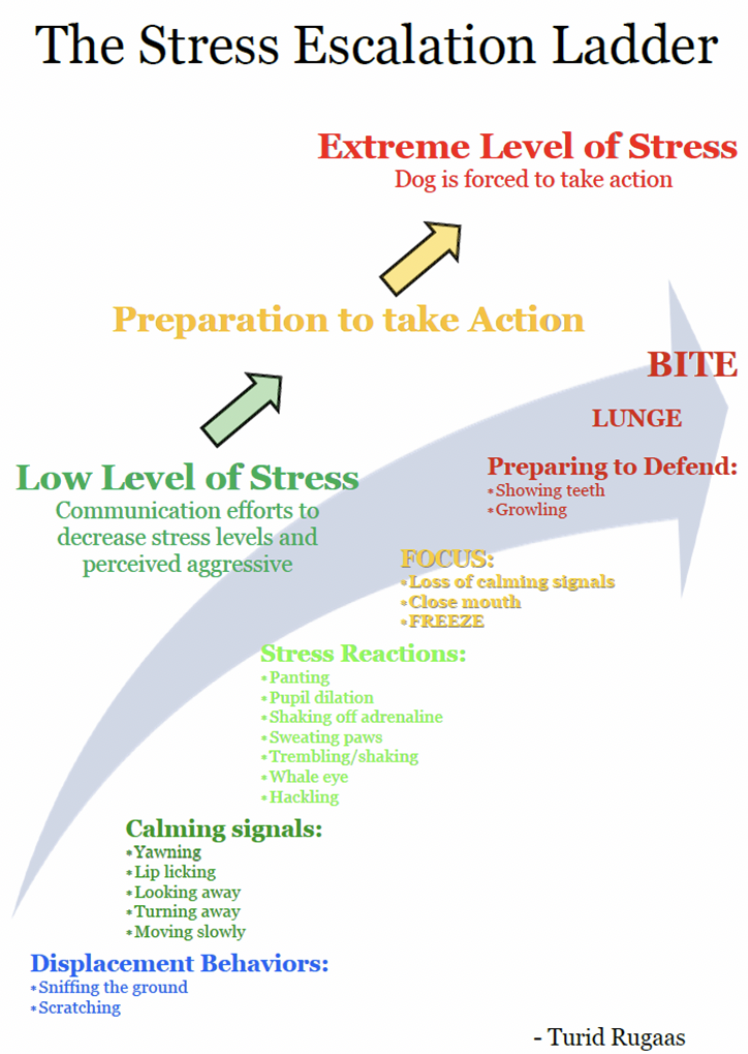
A wagging tail doesn’t always equal a happy dog.
Of course sometimes it does. But please be aware that tail wags can come in different speeds, rigidity and heights, all which signal different things. When we combine all three of these, we can get a clearer understanding of what the dog is trying to communicate. Although it may be wagging, it could be communicating that it is nervous, tense, scared, or of course happy.
The speed of the tail is usually a very clear indicator of how fast the dog’s brain is having to process information, and its arousal level.
The rigidity of the dog’s tail usually indicates how a dog feels about a situation. The stiffer or more rigid the tail is, is usually a reflection of how tense the dog is feeling at that moment in time. A more relaxed and floppy tail is a sign of a dog feeling relaxed.
In terms of the height, a tail that is held low, usually between a dog’s legs is when a dog is trying to avoiding confrontation and communicating that it’s feeling scared. A dog’s tail that is held high often means that this dog is on high alert.
Basic dog body language explained through a dogs emotions:
A happy dog is engaged in their surroundings and will have a loose, waggy posture. The overall body posture will be soft and wiggly, and some of the dog’s movements might be overexaggerated, especially during play.
A stressed dog: often avoids eye contact or will look at the trigger, then quickly look away. A distressed dog might perform exaggerated yawns, sneeze or lick their lips frequently. They might also shake their bodies, focus on self-grooming, or scratch themselves excessively (more signs if a stressed dog explained above).
A nervous or fearful dog: will have a stiff posture and might hunch over so that their back is curved and their head is close to the ground. The dog’s overall body posture is stiff and low, and they might shed more readily when nervous.
A submissive dog: will try to appear small and as less of a threat. They might lower their body to the ground, or even roll over on their back to expose their stomach. The dog might also raise a front paw in an appeasement gesture. Their overall movement is slow, and their weight will be shifted backwards to appear less threatening.
An aggressive dog: is ready to react to a stressor. An aggressive dog’s overall body posture is rigid and tense, with minimal movement. They might have a tense lip, curled mouth. Eyes wide with lots of white showing. The fur might be raised along the spine (referred to as their hackles), particularly across the shoulders and at the base of the spine near the tail. Tail held high. The dog’s weight will be shifted forward in a stiff-legged “ready” stance.
Does my dog want a belly rub or are they asking for space?
Something as simple as a dog rolling onto its back – it’s amazing how many people think this always means your dog wants a belly rub. Guess what… not always the case. sometimes it can be a distance increasing behaviour. How do you know the difference?? Look at the context and look at the whole body!
If a dog wants space – they will look stiff and tense. They might have their tail tucked, their leg up, ears back, mouth tightly closed, lip lick, whale eyes, etc.
If a dog is loving it and wants a belly rub – they will look loose, waggy and happy. Their body will be relaxed and floppy, ears neutral, soft facial expression, tail out and not tucked, mouth slightly open, legs up and not bent.
What should you do when you see your dog is feeling uncomfortable?
If we don’t speak up for our dogs, they will be forced to speak up for themselves. So it is important to always advocate for your dog.
- STOP doing what it is that you’re doing to them. For example patting on the head.
- SPEAK UP for your dog if someone invades their space or tries to do something they clearly do not like.
- Give them DISTANCE from the thing that is making them uncomfortable. For example, cross the road when another dog is approaching.
- DISTRACT and REDIRECT them in a positive way.
Reading a dogs body language can be quite complex.
If your dog is doing something that you are unsure about or worried about please get in touch with a positive reward-based trainer.
If you have children, please make sure to have a read of this article too.
As always please feel free to get in touch if you have any questions.
Mel
PS. Make sure to head to our SHOP if you haven’t already! Spoil yourself and your dog!!

